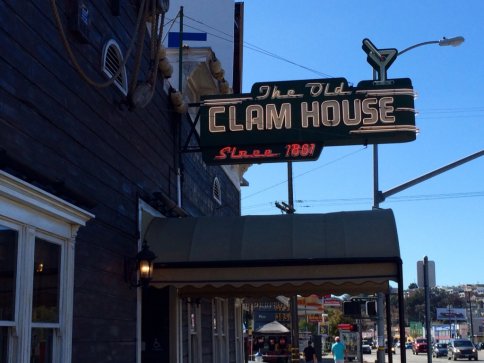Historically fish was preserved due to necessity and also part of food culture. Shiga prefecture (geographically closer to Kyoto) is well known for funa sushi (carp) that is salted and then preserved in rice. The end result is like a stinky blue cheese, but is the perfect companion with sake. An acquired taste I’m sure (much like those who love Burgundy wine also love Epoisse for similar reasons). Wild blowfish if improperly prepared and processed is poisonous (if any of its blood contaminates the rest of the body), and certain innards are highly prized/sought after (but forbidden) such as the liver. But the locals have figured out a way to pickle the ovaries in such a way (and through the passage of time) that it becomes safe to eat.
For tuna, certain species (and depending on where they were caught) had to be kept in deep flash freeze for transport and that introduced an aging element, and was not done for the sake of doing things (or deliciousness, but turned out that way). Exceptions to this might be Japanese bluefin caught off the coast of Japan, but I suspect for line caught wild Japanese bluefin, if the fish struggles during the catch it builds body temperature and burns valuable fat. So to keep the fish from losing more fat (and thus value at the auction and to the middle wholesalers to restaurants) cold storage would be necessary either way.
I think there’s a little bit of confusion between pickling fish for preservation (and with that comes age), the aging of fish for other purposes (e.g. making bonito flakes), vs the aging of fish for Edomae sushi (in Tokyo).
Right now in parts of Asia (especially Hong Kong) it has become trendy to use sake lees/red vinegar to season sushi rice, where using this rice = “high end”. But now the latest food trend to report is fish aging and in some ways to add to the mystique and on top to justify charging higher prices. It’s one thing if the chefs knows what they are doing, but it’s another when it is being done for the hell of it and to try to jump on the bandwagon (which appears to be true for some others out there). While this practice has been going on for some time at least in Tokyo, it has not received as much coverage until recently. There are a lot of places in Tokyo that do this, but they don’t advertise or say that they do (until you ask). Unfortunately with coverage like this (and poorly written/phrased articles like the WSJ as well as the ignorant comments of some) you will get mixed opinions on the matter and unintended consequences (including bandwagon jumpers competitors).
Regarding Kimura, yes I have been. He is an aging fish geek and in a way a pioneer and one of a kind in his field. Really personable guy and his shop is super intimate and engaging with his customers (his English is limited, though he speaks some). Though I must say that not every single piece was spectacular, and the most instagrammed piece (51 day aged marlin/swordfish) was the least interesting out of everything he served. Every fish has a sweet spot (even for aging) and once you overage for whatever reason, it’s not so good after that regardless of the season. Have to give it to him though for doing something so niche that requires an incredible amount of work/effort/time/knowledge and willing to stick to it. It is an educational experience dining there, but I wouldn’t say the best let alone too earth shattering, but it was overall an enjoyable experience. Don’t believe what all those gourmets and jetsetters post online about the unicorn status of this place!
Bottom line, if a chef or restaurant is confident on what they are doing, they shouldn’t feel the need to brag and market that they age certain fish for certain number of days, and honestly the same goes for the customers and journalists to an extent. Those that are confident (the additional keyword also being humble) in that regard are the true masters who are doing it for the sake of deliciousness, and the places you should seek out to eat and learn to understand more (and the right places to expand your horizons).
